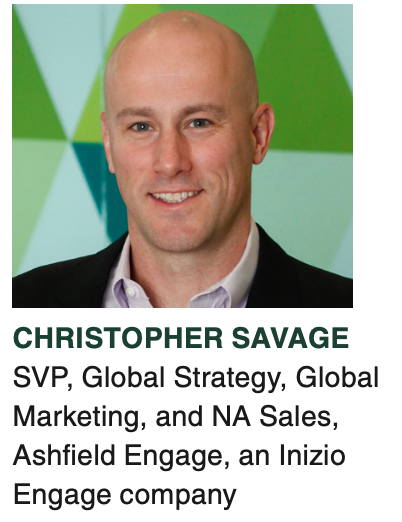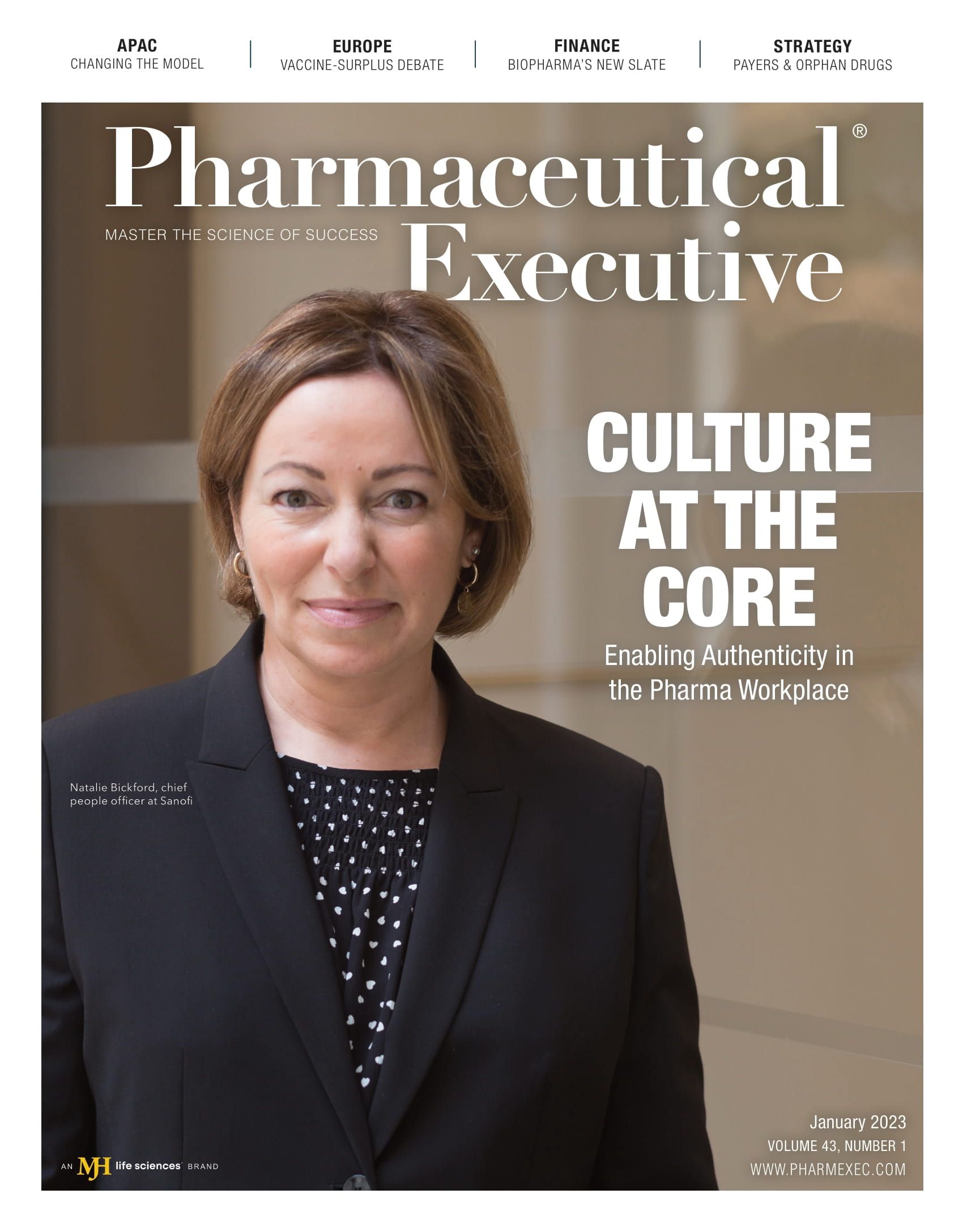Key Factors Attributing to a Successful Product Launch
What the c-suite should consider in today’s marketplace.

We all understand that a successful pharmaceutical product launch requires considerable skill, knowledge, and planning. Yet, knowing doesn’t always lead to the desired result. Too often, companies’ overarching strategy does not properly identify where the product fits within the healthcare environment. In so doing, we waste precious time and resources currying acceptance where there is none. Clearly, it is critical to know how your product addresses market needs from the outset.
Is the product a market-shaper? Is it accepted based on its science? Or does its position depend on addressing who benefits? (Or, perhaps, emphasizing its difference within the market?) Understanding the product’s positioning within the overall market is critical to achieving a successful commercial launch. It is only by correctly addressing its positioning and then achieving internal stakeholder agreement and alignment reflecting actual market conditions that companies can best identify the resources needed for successful commercialization. However, keep in mind that using tactics from a prior successful launch will not necessarily predict success for the current launch.
A product’s positioning must address these five questions for healthcare professionals, which will ultimately impact whether they prescribe a product:
- Do you recognize that the disease can/should be addressed?
- Do you understand the product’s mechanism of action?
- Do you know of the company launching the product?
- Is it the best clinical option for a specific patient?
- Do you believe once a product is prescribed that the patient can get it?
Once all questions have been satisfied, drugmakers need to address the best approach to the market. Go-to-market strategies and tactics can become unduly burdensome, depending on the medicine and/or disease being treated. For many, the best course of action is to work with an outsourcing partner who can provide the needed infrastructure and experience. Whether partnering or doing it internally, any pharmaceutical company launching a product in today’s evolving environment faces both challenges and opportunities.
Five key considerations to achieving successful engagement with your targeted audience are:
1. Put the patient front and center. An important step toward achieving true patient centricity is identifying moments that matter along the patient journey and then developing messaging that resonates and engages the patient based on these findings. Ideally, organizations should be aligned around a “single source of truth,” defined via internal and external inputs. Cross-functional groups then work together to address all the stakeholders, building the support capabilities that best meet the needs of patients and their providers.
2. Use analytics to drive actionable insights. Leverage the various technology platforms to sift through billions of records to gain the insights needed to deliver the right message to the right stakeholder at the right time in the right channel to inspire change.
3. Work with a cross-functional approach. Every launch should be backed by an integrated approach across an organization. Commercial operations, market access, medical affairs, patient support services, legal, and marketing should all work together to impact patient outcomes and ensure a successful, cost-effective launch.
4. Embrace omnichannel engagement. The sales reps and medical science liaisons deployed need to be comfortable in both in-person and video engagements. This requires special skill sets, and not all field personnel perform well in a digital environment. New hiring and training protocols are required to meet this new challenge. In addition, companies must be prepared to reach patients via the many channels they use to gain information and support.
5. Drive better health outcomes with patient support. Patients today are bombarded with information from many directions and can easily lose their way along their treatment journey. Providing education and support on obtaining their medication along with using it properly is becoming increasingly necessary. Patient support programs can be critical to improving adherence and delivering better health outcomes.
With most products, there is a six-month window to establish launch success. It is, therefore, imperative that companies are ready to go from day one with strategies and tactics delivered in an integrated fashion across channels and customer groups.
Christopher Savage, SVP, global strategy, global marketing, and NA sales, Ashfield Engage, an Inizio Engage company.

Regeneron, Roche Launch Major US Expansion Plans to Meet Growing Demand for Biologics and Innovation
April 22nd 2025With combined investments exceeding $53 billion, both companies are deepening their US presence through expanded biologics production, gene therapy capabilities, and next generation R&D centers.
Addressing Disparities in Psoriasis Trials: Takeda's Strategies for Inclusivity in Clinical Research
April 14th 2025LaShell Robinson, Head of Global Feasibility and Trial Equity at Takeda, speaks about the company's strategies to engage patients in underrepresented populations in its phase III psoriasis trials.